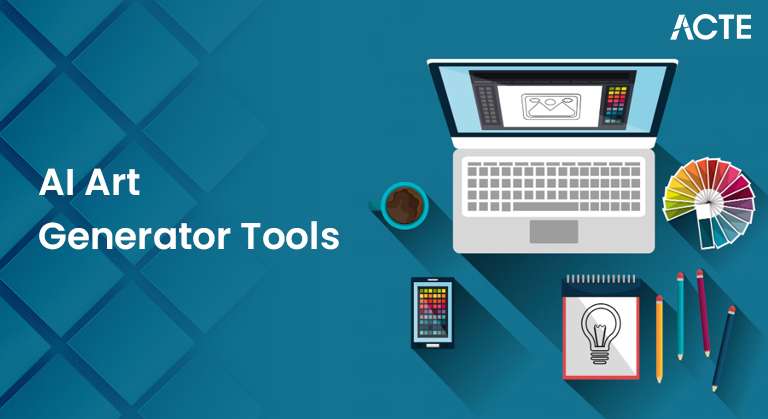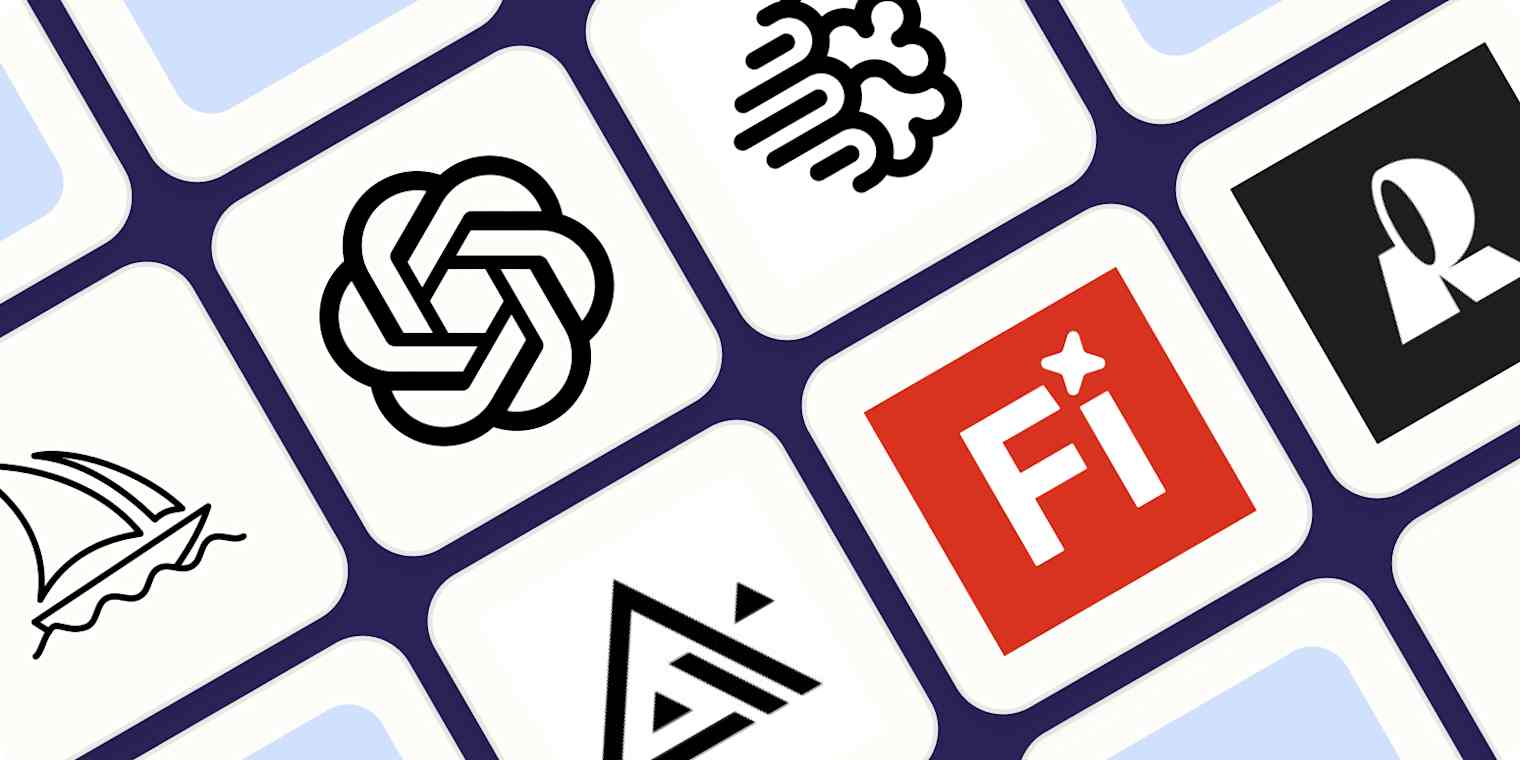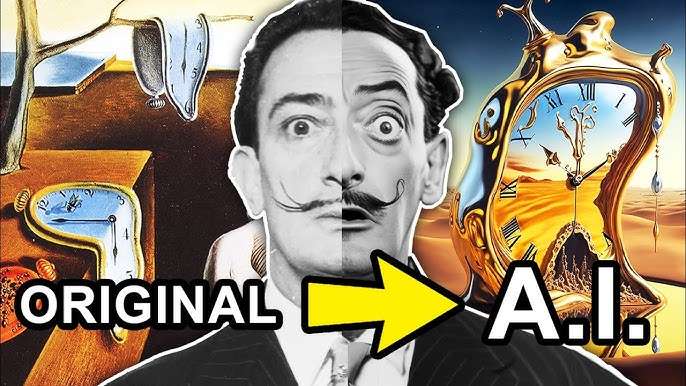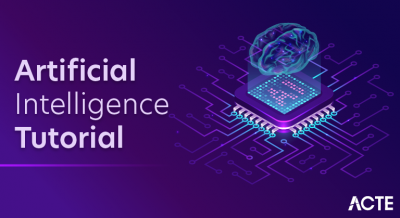
- What is AI-Generated Art?
- AI Art vs. Traditional Digital Art
- Popular AI Art Generator Tools (Deep Dream, Artbreeder)
- Using AI for Creative Design
- AI Art Styles and Techniques
- How AI Generates Abstract and Realistic Art
- Ethical Concerns in AI Art Generation
- AI for NFT Art and Digital Collectibles
- AI Art in Marketing and Branding
- Customization and Fine-Tuning AI Art
- Legal Considerations in AI Art
- Future of AI in Art and Design
What is AI-Generated Art?
AI-generated art refers to digital artworks created using artificial intelligence models trained on vast datasets of images and artistic styles. These AI tools analyze patterns, colors, and structures from human-created art to generate new compositions. Unlike traditional digital art, AI-generated art is often produced through machine learning techniques such as neural networks, generative adversarial networks (GANs), and diffusion models. AI-generated art has gained popularity in creative design, digital marketing, NFT collectibles, and branding, revolutionizing how artists and designers create and experiment with visuals. To understand the underlying models and data techniques behind these tools, consider exploring our Data Science Training.
AI Art vs. Traditional Digital Art
| Feature | AI-Generated Art | Traditional Digital Art |
|---|---|---|
| Creation Process | Uses machine learning models and algorithms | Created manually using software like Photoshop, Illustrator |
| Creativity & Control | AI automates creativity but lacks full control | Artists have complete control over details and style |
| Time Efficiency | Generates artwork in seconds to minutes | Requires hours or days of manual work |
| Skill Requirement | No need for artistic skills, just prompts | Requires drawing, painting, and designing skills |
| Customization | Limited but improving with fine-tuning | Fully customizable |
Traditional digital art allows for greater control, while AI-generated art speeds up creativity and enables non-artists to produce high-quality visuals.
Popular AI Art Generator Tools (Deep Dream, Artbreeder)
Various tools power AI art generation, each specializing in different artistic styles and methods.
-
1.Deep Dream (Google AI)
- It uses deep neural networks to enhance and modify images.
- Creates dreamlike, surreal visuals with unique color patterns. 2.Artbreeder
- Based on GANs to allow users to blend and evolve images.
- Great for character design and abstract art. 3.Runway ML
- AI-powered video and image manipulation tool for artists.
- Enables style transfer and real-time image transformation. 4.DeepAI Text-to-Image
- Generates images based on text descriptions.
- Useful for concept design and creative experimentation.
- AI tools like Canva AI and Looka generate logos and marketing materials quickly. 2.Product Design & Prototyping
- AI helps designers create mockups for fashion, architecture, and packaging. 3.Social Media Content Generation
- AI-powered templates and image enhancement tools streamline social media marketing. Developers can also benefit from AI Tools for Coding to boost productivity and innovation.
- Impressionism – AI mimics painters like Van Gogh or Monet.
- Pixel Art – AI generates retro 8-bit and 16-bit graphics.
- Cyberpunk & Sci-Fi – AI creates futuristic cityscapes and neon-lit landscapes.
- Abstract & Surrealism – AI generates dreamlike and unconventional compositions.
- Photorealistic Art – AI generates lifelike portraits and landscapes.
- AI models learn from thousands of paintings, photos, and digital artworks. 2.Understanding Patterns & Styles
- Machine learning identifies artistic features such as color composition, brush strokes, and lighting. Learn more through our Data Science Training. 3.Generating Images
- AI synthesizes new images by applying learned patterns.
- GANs refine the image through iterative improvements. 4.Enhancing Details
- Super-resolution techniques improve clarity and textures for realistic art.
These tools cater to creative needs, from surreal art to realistic digital portraits.

Using AI for Creative Design
AI has revolutionized graphic design, advertising, and digital content creation by offering:
-
1.Automated Logo and Poster Creation
AI enables designers to work faster while maintaining high-quality visuals.
AI Art Styles and Techniques
AI can replicate and create various art styles, including
Machine learning techniques like style transfer, GANs, and diffusion models contribute to these artistic styles.

How AI Generates Abstract and Realistic Art
AI-generated art typically follows these steps:
1.Training on Art DatasetsAI can produce realistic and abstract visuals, depending on the training data and algorithm used.
Ethical Concerns in AI Art Generation
AI art raises ethical concerns, including:
-
1.Authenticity and Ownership
- Who owns AI-generated art, the user, the AI, or the software developer?
- Some argue that AI art lacks originality as it relies on pre-existing datasets. 2.Plagiarism and Copyright Issues
- AI models are often trained on human-created works, raising concerns about intellectual property rights. 3.Bias in AI Training Data
- AI may generate biased representations based on the dataset’s limitations.
- Example: AI-generated portraits may lack diversity if trained on limited datasets.
Ethical AI practices involve transparent data usage, fair compensation for artists, and responsible AI model training.
AI for NFT Art and Digital Collectibles
AI-generated art has fueled the growth of NFTs (non-fungible tokens) in the digital collectibles market.
- Generative NFT Collections – AI can create thousands of unique digital assets for NFT marketplaces.
- AI-Assisted NFT Artists – Artists use AI Art Generator Tools to develop and refine NFT designs.
- Smart Contract Integration – AI automates NFT metadata creation and token attributes.
Platforms like Art Blocks and DeepDream NFTs leverage AI to produce exclusive digital art collectibles.
AI Art in Marketing and Branding
Businesses use AI-generated art for:
-
1.Advertisements & Social Media Graphics
- AI creates eye-catching marketing visuals quickly. 2.Product Packaging & Branding
- AI helps design packaging that aligns with brand aesthetics. 3.Virtual Influencers
- AI-generated characters are used in digital advertising.
Companies benefit from faster production, cost savings, and unique branding with AI-generated art.
Customization and Fine-Tuning AI Art
AI-generated art can be customized using: the following
Fine-tuning ensures the artwork aligns with personal or commercial needs.
Legal Considerations in AI Art
Legal aspects of AI art include:
1.Copyright OwnershipArtists and businesses should review platform policies and legal guidelines before using AI-generated art commercially. For a deeper understanding of the technology and its implications, check out our Data Science Training.
Future of AI in Art and Design
The future of AI-generated art includes:
- 1.More Advanced Customization – AI models will allow greater control over brush strokes, textures, and layers.
- 2.AI-Assisted Creative Tools – Hybrid AI-human collaboration for professional designers.
- 3.Improved Copyright Protections – Better legal frameworks for AI-generated works.
- 4.Integration with Virtual Reality (VR) & Augmented Reality (AR) – AI art will power immersive digital experiences.
- 5.Real-Time AI Art Generation – Instant artwork creation for video games and live events.
AI will continue reshaping the art and design industries, offering endless creative possibilities while raising new ethical and legal challenges.


